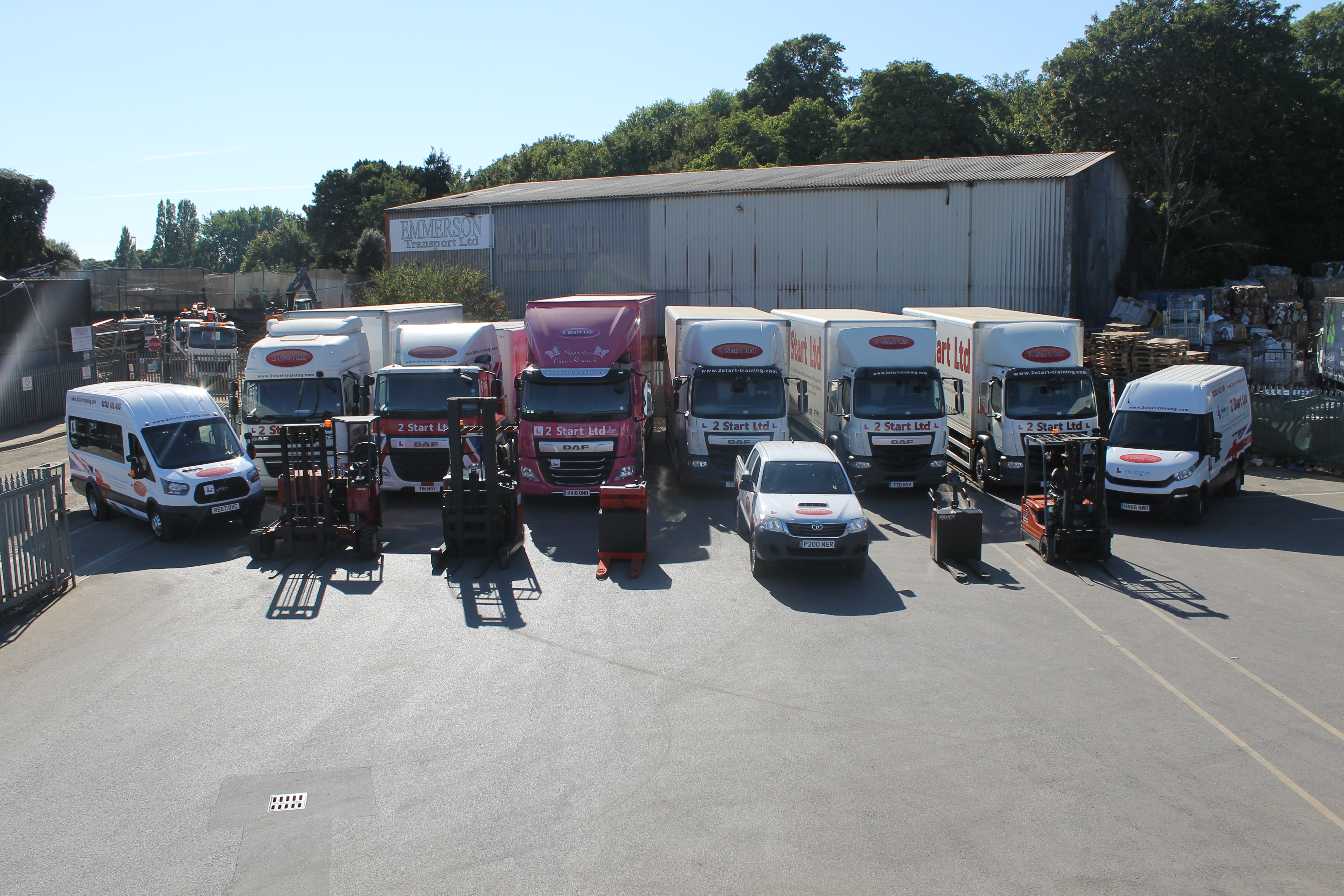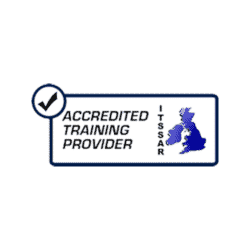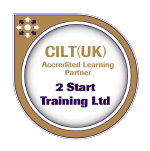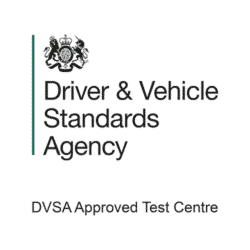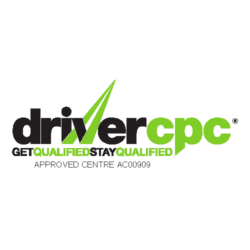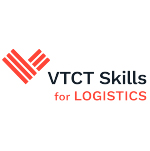Landing your first driving role after completing your training can feel overwhelming. Your CV is your first opportunity to make a strong impression on potential employers, but as a newly qualified driver, you might wonder how to present your experience effectively. The good news is that your training, qualifications, and hands-on experience can all be turned into a powerful CV that showcases your readiness for the job. Here are some useful tips for updating your CV with your new training qualifications.
Essential CV Components
When writing your CV, there is a series of essential components you want to ensure are included. Before we dive into showcasing your training, make sure your CV includes the basic elements employers expect:
- Personal Details: Name, contact information, and professional social links if relevant.
- Professional Summary / Personal Statement: A short introduction that highlights your qualifications, key skills, and career goals.
- Work Experience: Any previous jobs, apprenticeships, or relevant practical experience.
- Education & Training: Schools, apprenticeships, and qualifications.
- Skills Section: Key technical and soft skills.
- Additional Information: Licences, certifications, and any other achievements.
A clean, clear layout is also essential, as recruiters often spend just a few seconds scanning each CV.
Adding your training
Your driving qualifications are one of your strongest selling points, so make sure they’re clearly visible on your CV. You’ll want to include the specific licence category you’ve achieved (e.g Category C, or C+E), any additional certifications gained and any training highlights. Think on-road hours, manoeuvring skills, passing with no faults.
For example: Completed Category C+E Driver Training, including on-road driving, vehicle manoeuvres, and compliance with Driver CPC and health & safety regulations.
Turning training into practical experience
Even without extensive professional experience, you can present your training as practical work and demonstrate what you’ve learnt.
If the job you’re applying for is local to where you completed your test, highlight your knowledge of the area, and document the routes, hours and vehicle types you trained on to show your driver experience.
It’s also essential to highlight safety responsibilities, adherence to traffic laws, regular vehicle checks, and effective risk management. As well as any hands-on skills.
For example: Gained 28 hours of on-road driving experience, practising safe delivery of goods and vehicle manoeuvring under professional supervision.
How to highlight what you’ve learned
Employers aren’t just looking for a licence; they want to see that you can apply your training in a practical, professional setting. When building your CV, it’s important to translate your driving courses into tangible competencies that show both your technical abilities and the soft skills you’ve developed along the way.
Technical Skills:
These are the hands-on skills you’ve gained during your training that are directly relevant to the job. For a newly qualified driver, this could include:
- Vehicle handling: Demonstrating confidence and precision when operating large vehicles, including manoeuvring in tight spaces, reversing, and navigating different road conditions.
- Route planning: Ability to plan efficient, safe routes, consider traffic patterns, and estimate delivery times.
- Regulatory compliance: Knowledge of transport laws, Driver CPC requirements, vehicle checks, and adherence to company procedures.
Safety Skills:
Safety is a top priority in driving roles, and highlighting these skills shows employers that you can work responsibly:
- Health & Safety knowledge: Understanding and applying safety protocols to prevent accidents.
- Hazard awareness: Identifying potential risks on the road, in the warehouse, or while handling goods.
- Risk assessment: Making decisions to minimise risk to yourself, your vehicle, and others.
Soft Skills:
Soft skills are equally important because they demonstrate that you’re a reliable, professional, and adaptable employee:
- Problem-solving: Quickly responding to unexpected challenges, like traffic delays, vehicle issues, or logistical changes
- Time management: Organising your day to meet schedules and deadlines effectively.
- Reliability: Being punctual, trustworthy, and committed to completing tasks safely and efficiently.
- Communication: Working well with colleagues, customers, and supervisors.
For example: Developed advanced vehicle handling and route planning skills through structured Category C+E training, with a strong focus on safety and compliance.
Skills outside of driving
Even as a driver, employers value broader skills:
- Teamwork: Working with colleagues, warehouse staff, or logistics teams.
- Customer Service: Handling clients or deliveries professionally.
- Organisation & Planning: Route planning, schedule management, and vehicle checks.
These skills help show you’re a well-rounded candidate ready to contribute to the business beyond just driving.
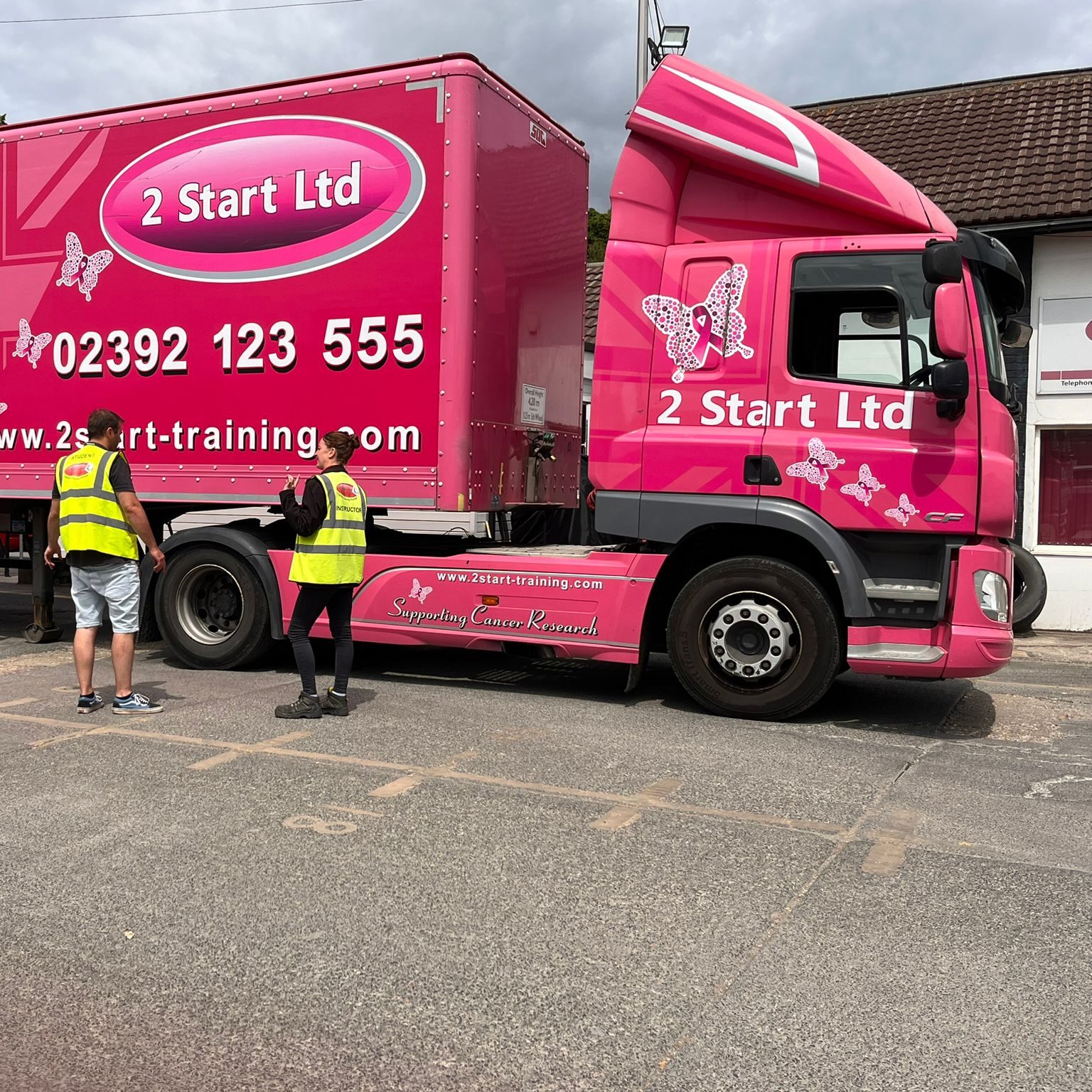
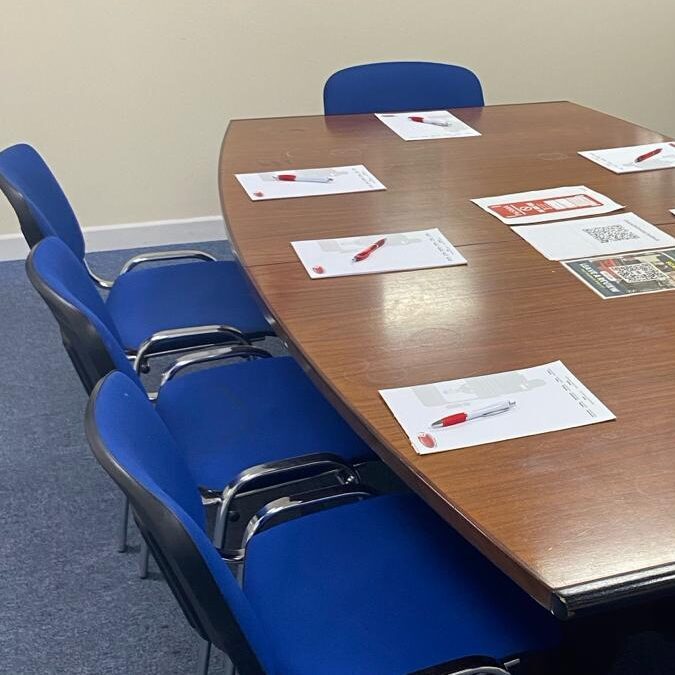
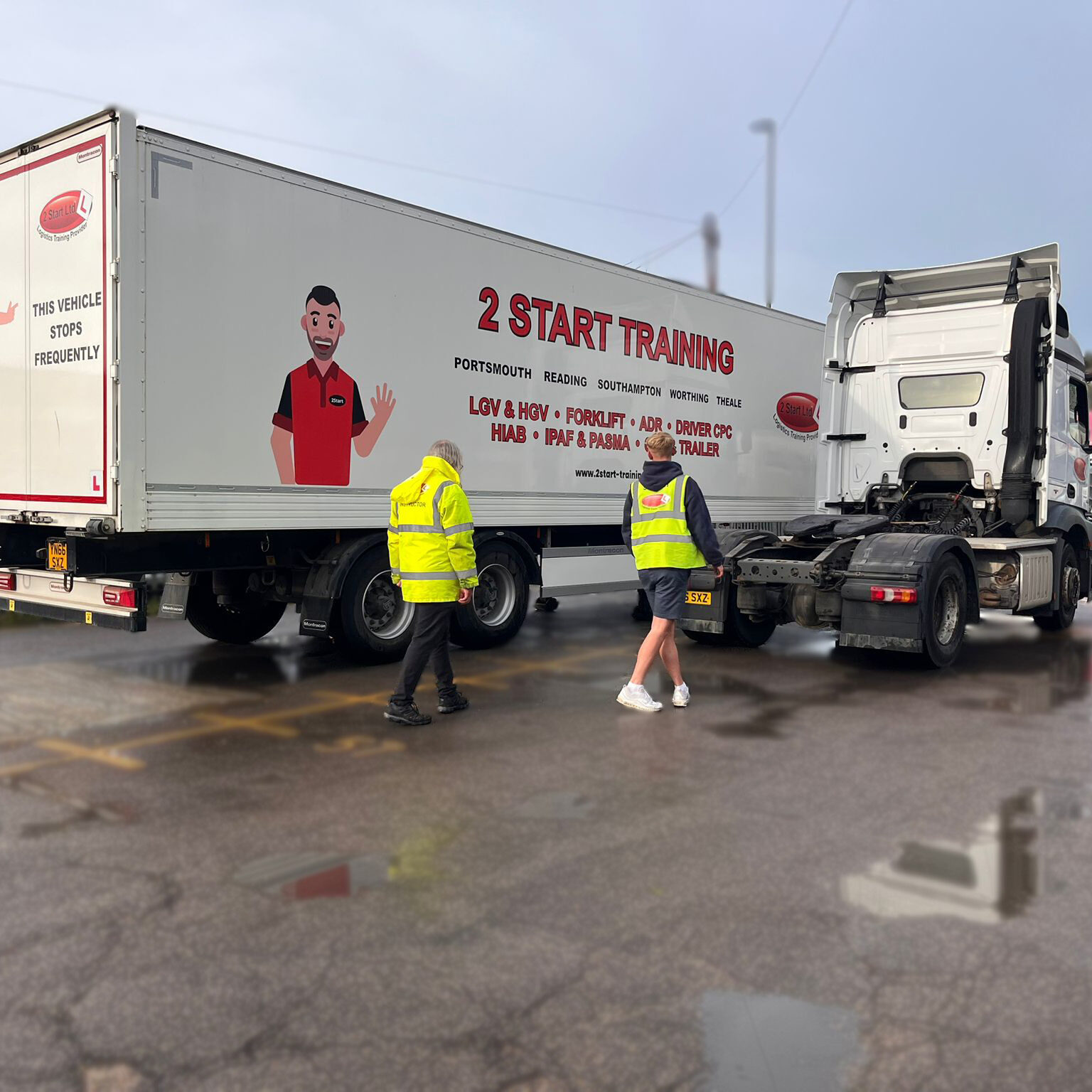
Top mistakes to avoid
When creating your CV, several common mistakes can cost you valuable opportunities. Make sure you don’t omit key licences or training achievements, as these are often the first things employers look for. Avoid using vague descriptions like “trained in driving”; instead, be specific about the skills, licences, and practical experience you’ve gained. Tailoring your CV to the job you’re applying for is also essential; a generic CV can make it harder to stand out. Finally, focus on relevant experience and avoid overloading your CV with unrelated roles, which can distract from your qualifications and core competencies.
Boost your CV with additional training
While your Category C or C+E licence forms the foundation of your driving career, completing additional courses can make you even more attractive to employers. Consider including certifications such as:
- ADR Training – for transporting hazardous goods safely.
- HIAB Training – operating vehicles with cranes.
- Forklift or Warehouse Training – useful for drivers who also handle warehouse duties.
Listing these qualifications on your CV shows employers that you’re dedicated to developing your skills, capable of handling a wider range of tasks, and ready to take on more responsibility. Even one additional certification can set you apart from other applicants.
Showcasing a career change
If you’re moving into professional driving from another industry, your previous experience is far from irrelevant and may actually strengthen your CV.
Employers value transferable skills that demonstrate you’re reliable, adaptable, and capable of performing in a professional environment. For example, customer service experience shows you can interact positively with clients or colleagues, teamwork highlights your ability to collaborate effectively, and leadership experience illustrates your capability to take responsibility and make decisions.
Other key attributes for driving roles include punctuality, reliability, and problem solving. Perhaps you managed tight deadlines in an office, coordinated multiple tasks in a warehouse or led a team in a fast-paced environment. Each of these experiences directly translates into professional driving responsibilities.
For example: Previous experience in retail management developed strong organisational, leadership, and customer service skills, now complemented by Category C+E HGV Driver Training and Driver CPC certification, ready to apply in a professional transport role.
Conclusion
Creating a CV as a newly qualified driver is about more than simply listing licences, it’s about demonstrating the full range of skills, experience, and training that make you job-ready.
By clearly highlighting your driving qualifications, translating your training into practical experience, and emphasising both technical and soft skills, you give employers a complete picture of your capability and potential.
Whether you’re entering driving straight from training or transitioning from another industry, a well-crafted CV can help you stand out, secure interviews, and kickstart a successful driving career.
If you are a current or previous 2 Start student, remember to join our Course 2 Career Facebook group for Job updates.
